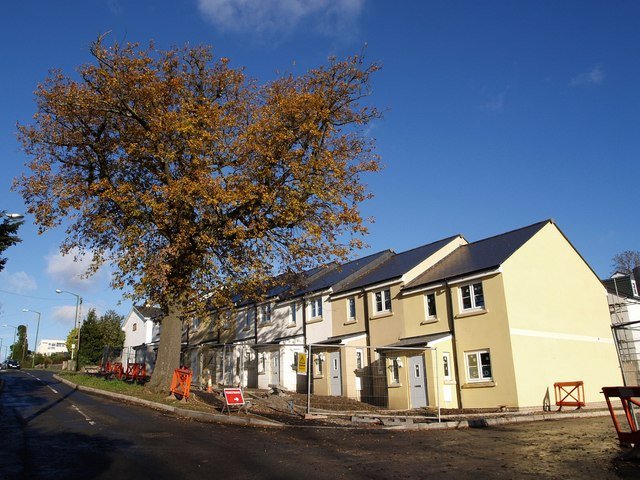In a nation where the dream of homeownership once thrived, prospective buyers now face a daunting challenge. The United States is grappling with an unprecedented housing shortage, unleashing a wave of frustration and financial strain.
High Demand, Low Supply Fuel Affordability Crisis
The housing landscape across the U.S. is in turmoil. A relentless shortage of available houses has plunged the nation into an affordability crisis with no end in sight. This crisis is fueled by a vicious cycle of high demand and painfully low supply, which has propelled home prices to staggering heights. As if that wasn’t enough, potential buyers are wrestling with the highest mortgage rates seen in decades.
The Elusive Number: Millions of Homes Missing
Estimates on the extent of the housing deficit vary, but one thing is clear: it’s in the millions. Most experts believe that the nation currently grapples with a shortage of approximately 3.8 million housing units. This alarming gap in supply has created a dire situation for those yearning to own a home.
Mortgage Rates: A Rollercoaster Ride
The Federal Reserve’s aggressive interest rate hikes, which began in March 2022, sent shockwaves through the housing market. Over a span of just 16 months, interest rates skyrocketed from near-zero levels to a range between 5.25% and 5.5%, a peak not witnessed since 2001. Consequently, mortgage rates breached the 7% mark, a level unseen in nearly two decades. Despite a slight dip to 7.12% for 30-year fixed mortgages this week, rates remain significantly higher than the pre-pandemic lows of 3%.
The “Golden Handcuff” Phenomenon
The rapid rate increase has created a phenomenon known as the “golden handcuff.” Homeowners who locked in record-low mortgage rates of 3% or less during the pandemic are hesitant to sell. This reluctance has resulted in a dearth of options for eager buyers. In August, the number of available homes on the market plummeted by more than 9% compared to the previous year and a staggering 45% compared to pre-pandemic levels.
Builders Lag Behind
Adding to the turmoil, builders have struggled to bring new construction to the market. New listings are crawling onto the scene at the slowest pace ever recorded, primarily due to ongoing construction delays. Moreover, new construction projects tend to come with a heftier price tag, thanks to zoning issues, regulatory hurdles, and land availability problems.
The “NIMBYism” Factor
In many suburban communities, opposition to new developments, aptly dubbed “NIMBYism” or “Not In My Backyard,” has stifled construction efforts. Developers are grappling with the challenge of securing suitable land for building, further exacerbating the housing crisis.
A Problem Rooted in History
The roots of this crisis can be traced back to the 2008 financial meltdown. Prior to the housing market crash, the 2000s witnessed a surge in new housing supply, driven by low mortgage rates and the availability of subprime mortgages. However, the bubble burst, and the supply of single-family housing plummeted from 1.7 million in 2005 to a mere 442,000 in 2009. Since then, homebuilding has struggled to keep up with demand.
A Bleak Outlook for Entry-Level Homes
The situation worsens when focusing on entry-level homes. Supply in this category averaged 150,000 units per year in the 2000s, declining to just 55,000 units annually after 2008. This shortage leaves many aspiring homeowners in a state of uncertainty, with dreams of affordable homeownership slipping further from their grasp.
A Crisis for the Ages
A 2021 study by the National Association of Realtors paints a bleak picture of an aging housing stock, insufficient investment, and an ever-worsening affordability crisis. As prospective homebuyers continue to grapple with astronomical prices and elusive opportunities, the housing shortage’s ripple effects extend beyond just the economy, casting a shadow on the American dream itself.
Download our app MadbuMax on the Apple App Store for the latest news and financial tools. Interested in getting your finances in order do not forget to check Dr. Paul Etienne’s best-seller book on personal finance. To access more resources, tools, and services please click here. Also, do not forget to follow Dr. Etienne on IG or Twitter.





